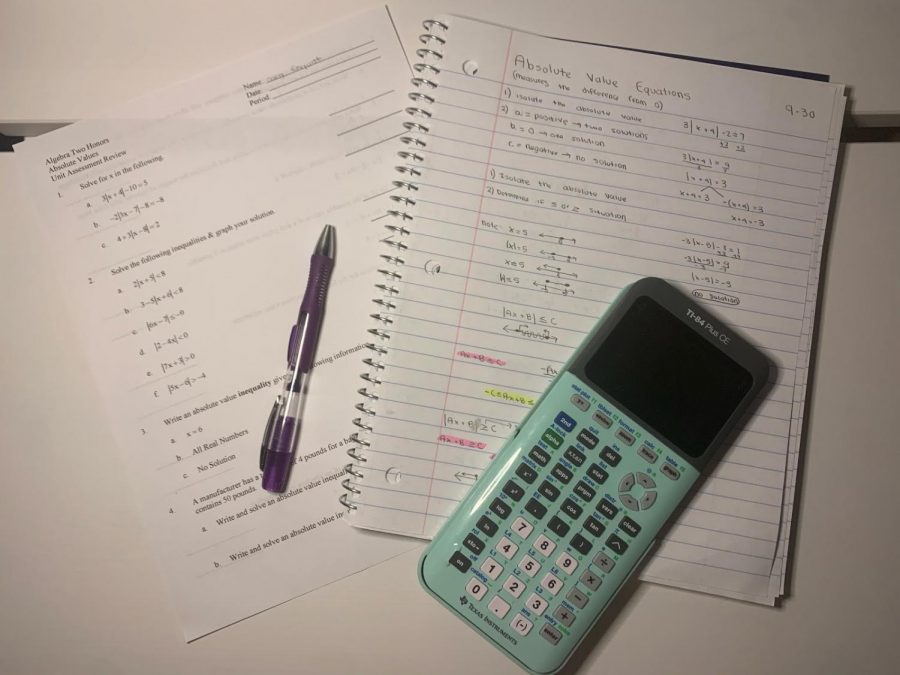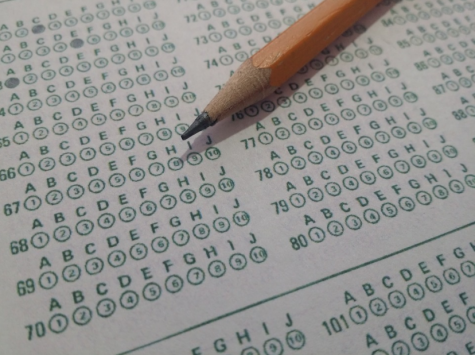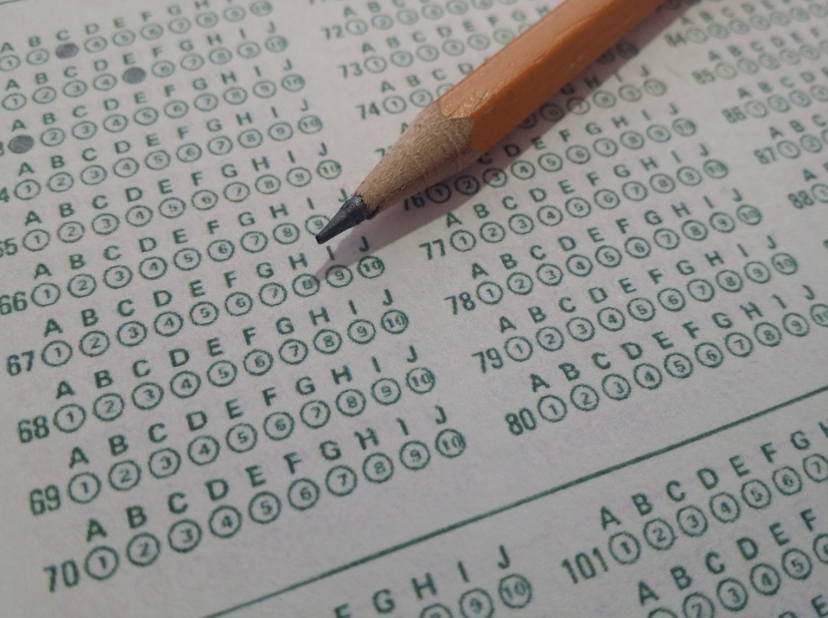Open-note assessments provide solution to testing during hybrid learning model
The unusual circumstances of this school year have caused teachers to face several new challenges. The most prominent concern is how to handle assessments with the current hybrid model, in which half the class in addition to the fully-remote learners, are at home everyday. The best solution to this situation is to have open-note assessments to ensure that all students have an equal opportunity to succeed.
Since the start of the school year, teachers have explored numerous ways to effectively administer assessments as fairly as possible. There have been two primary methods that teachers have implemented to accommodate the hybrid learning model: in one scenario, the cohorts take the assessment on the day they are in-person, or the alternative is both cohorts take the assessment on the same day with the use of handwritten notes.
The first method ensures that students in the class will take the quiz or test on their own merit. The issue with this solution is that the fully-remote learners have the temptation to cheat on assessments. Although requiring the remote learners’ cameras to be turned on and to display their workspace is helpful, it can’t prevent these students from using the internet or having notes open on their computers.
Due to these reasons, the best solution is to have open-note assessments given to the whole class on the same day.
Another issue with this method is that one cohort will always take the assessment first. This results in the need for teachers to create two versions of the quiz or test to ensure that answers aren’t shared between students from the two cohorts.
This solution also causes an entire week of instruction to be lost. Each class meets only two or three times a week, so using up two days to give an assessment hampers the pace and progression of classes at Staples. Teachers often post assignments to be completed by the end of class for the students not taking the assessment; however, this cannot compare to live instruction.
Due to these reasons, the best solution is to have open-note assessments given to the whole class on the same day. With this method, the playing field will be even, considering that everyone will have access to their notes, preventing the use of the internet, and students will all have the same amount of time to prepare for the quiz or test.
Open-note assessments reinforce learning and understanding the material, as opposed to memorization. In the long term, this is more useful since students will actually retain the information and be able to use it when applicable.
These types of assessments also cause students to develop effective note-taking strategies. The incentive to do well on the assessment drives students to take the best notes possible and to therefore pay attention in class. This results in a more engaged and productive classroom environment.
Reduced stress levels are yet another reason as to why teachers should consider open-note assessments. The lack of certainty and constant changes in our everyday lives as a result of the COVID-19 pandemic has caused teens’ stress levels to drastically increase. Shifting to open-note assessments would be a great way to reduce these stress levels and give students the ability to focus on learning the material.
The opportunities in equal testing and the countless benefits make open-note assessments the best solution as we navigate through COVID-19.

Business Director Meg Enquist ’23 has been on the swim team and water polo team for the majority of her high school experience.
“My favorite thing...






























































